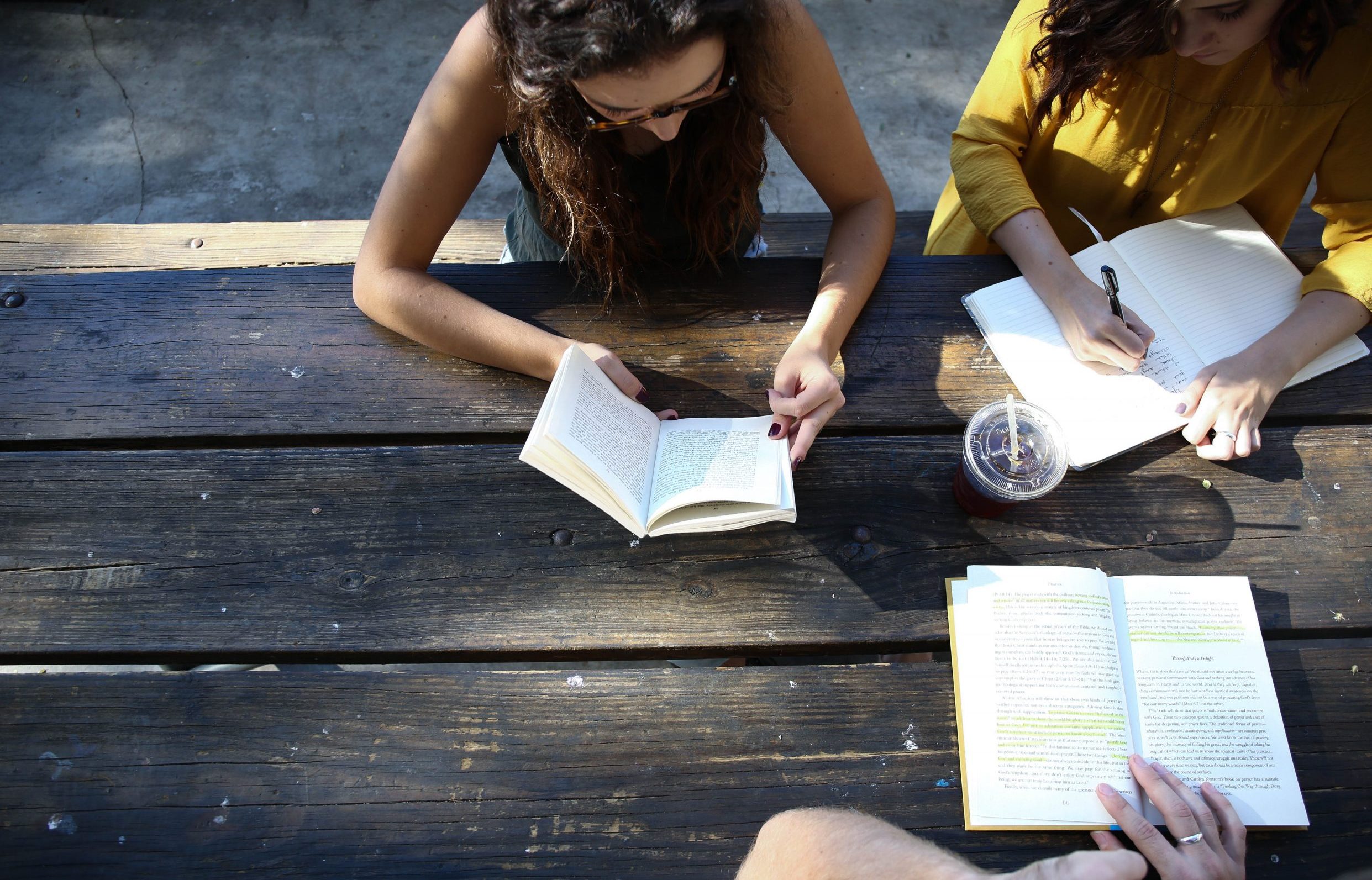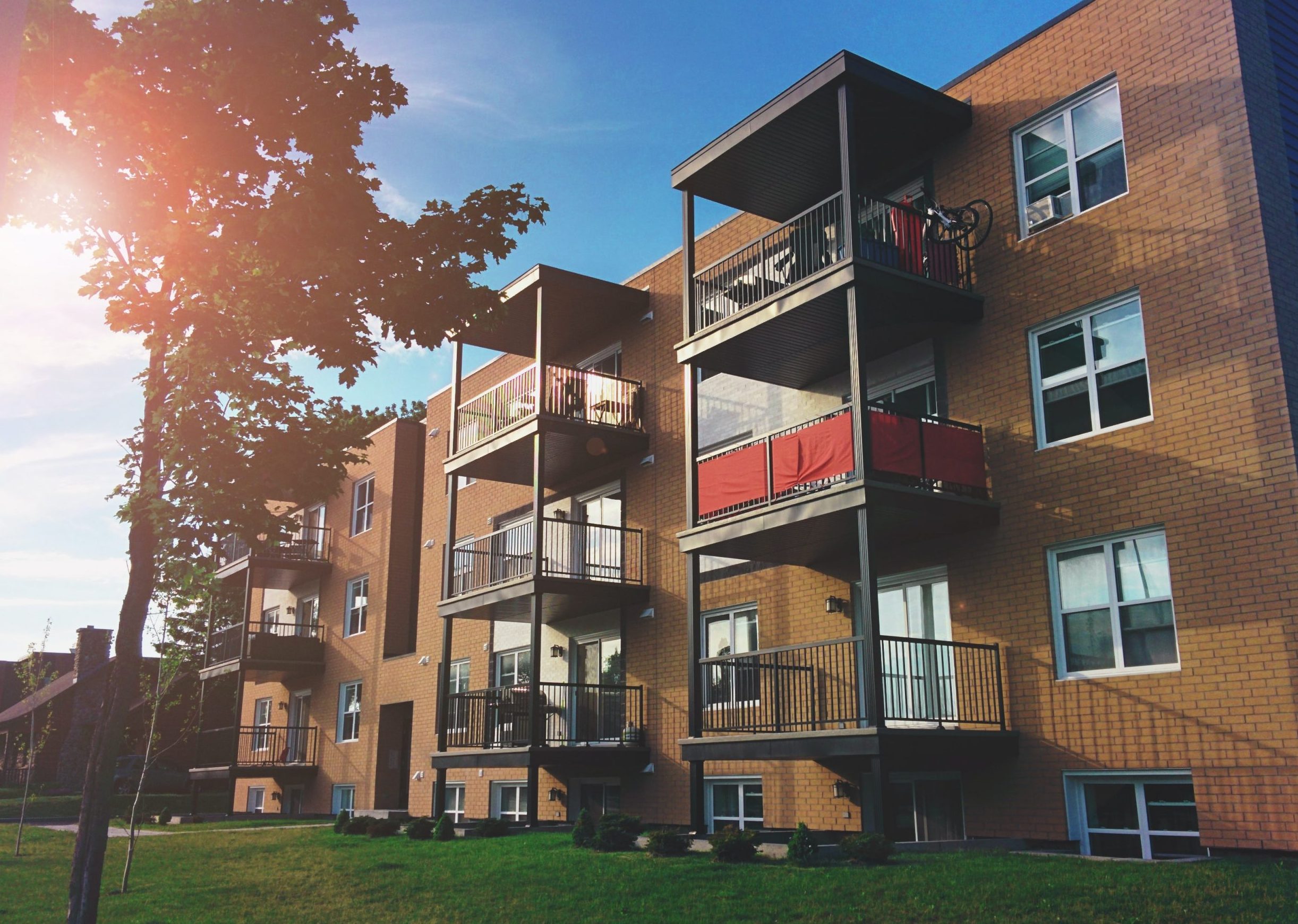Building a community is more than just bringing people together and facilitating conversation. It’s about fostering an environment of empathy and compassion. Without these two qualities, any attempt at forming a community will quickly become unsustainable. Empathy and compassion are essential in creating an atmosphere of understanding, trust, and support within a community. In this blog post, we’ll explore how empathy and compassion can be used to build strong communities. We’ll discuss the importance of cultivating these qualities, how to foster them in your own community, and why it’s so important for long-term success.
Defining empathy and compassion
When we think about empathy and compassion in community building, we often think about the Golden Rule: treat others as you would want to be treated. Empathy is about understanding how someone else is feeling, while compassion is about caring for others and taking action to help them.
One way to foster empathy and compassion in community building is through service learning. Service learning is a type of experiential education that combines service with academic learning. When students are engaged in service learning, they have the opportunity to learn firsthand about the needs of their community and the people who live there. Through service learning, students can develop a deep understanding of the issues facing their community and the people who live there. This understanding can lead to a sense of empathy and compassion for others.

Service learning can take many different forms, but one common thread is that it involves working with people who are different from oneself. This can be challenging, but it also provides an opportunity to learn about other cultures and perspectives. When we step outside of our comfort zone and interact with people who are different from us, we have the chance to learn more about ourselves and expand our own empathy and compassion.
The importance of empathy and compassion in community building
Empathy and compassion are important in community building because they help people feel connected to each other. When people feel connected to each other, they are more likely to cooperate and work together for the common good. Empathy and compassion also help people feel safe and supported, which can make them more likely to open up and share their own stories and experiences.
Compassionate communities are more resilient because members look out for each other. In difficult times, compassionate communities are able to come together and support each other. This kind of support can be lifesaving, both physically and emotionally.

Compassionate communities are also happier places to live. When people feel connected to each other and have a sense of belonging, they tend to be happier overall. So, not only does empathy and compassion benefit individual community members, it also benefits the community as a whole.
How to cultivate empathy and compassion in community building
When it comes to community building, empathy and compassion are two important traits to cultivate. Empathy allows us to see things from another person’s perspective and understand their feelings. Compassion motivates us to take action to help others in need.
Here are some ways you can cultivate empathy and compassion in your community building efforts:
1. Get involved in local causes that you care about. By working on behalf of a cause you believe in, you’ll develop a deeper understanding of the issues facing those affected by it. This will give you greater insight and empathy for their situation.
2. Spend time with people from different backgrounds than your own. When we interact with people who are different from us, we have an opportunity to learn about their experiences and perspectives. This helps us develop a more nuanced understanding of the world and builds compassion for others.
3. Volunteer your time or resources to help those in need. There are many ways to give back to your community. Whether it’s volunteering at a local soup kitchen or donating clothes to a thrift store, acts of kindness can make a big difference in someone’s life.
4. Be an active listener when someone is sharing their story with you. Really try to understand what they’re saying and how they feel about it. Ask questions if you’re unsure about something. This will show that you care and want to understand their experience.

Case study: The Compassionate City Charter
When the city of San Francisco passed its Compassionate City Charter in 2006, it formalized a commitment to using empathy and compassion in all aspects of city government. Since then, the city has been working to create an infrastructure of care that supports residents in times of need.
One key way the city has done this is by training all municipal employees in “compassionate communication.” This approach, also known as non-violent communication, helps people to better understand their own emotions and the emotions of others. It is based on the premise that all human beings have a fundamental need for connection and understanding.
The city has also created a network of “care coordinators” who connect residents with health and social services. The coordinators work with clients to identify their needs and connect them with appropriate resources.
The charter has also led to the creation of new programs and initiatives, such as a neighborhood resiliency program that helps residents prepare for and respond to emergencies.
All of these efforts are aimed at making San Francisco a more compassionate city – one that is more responsive to the needs of its residents and more supportive of their well-being.
It is clear that empathy and compassion are key components in building a successful, stable community. By fostering relationships of understanding and connection, people can build trust with one another which leads to collective action that benefits the entire group. In order for this to happen effectively, everyone must be willing to extend kindness towards others and practice mindful listening. By doing so, we can create an environment where everyone feels safe and accepted while working together to strengthen our communities.
